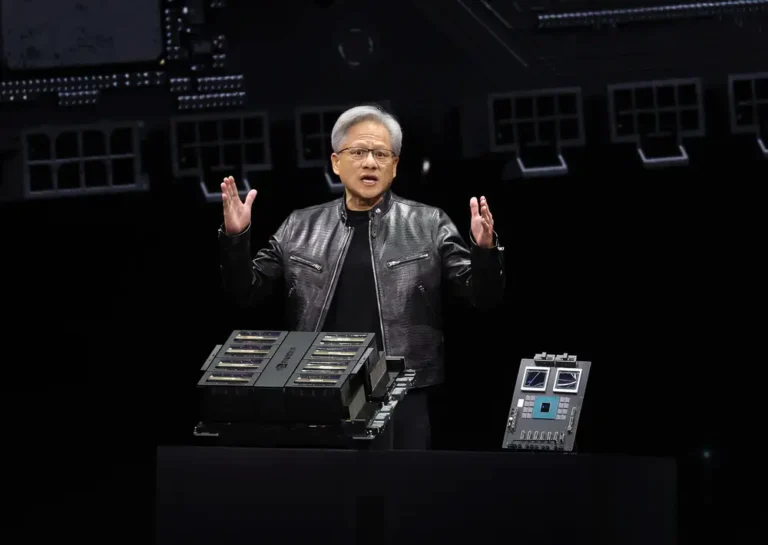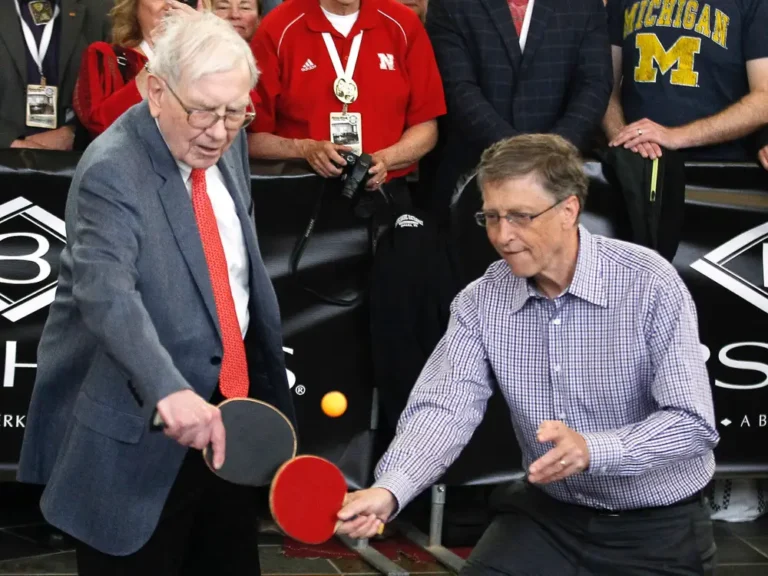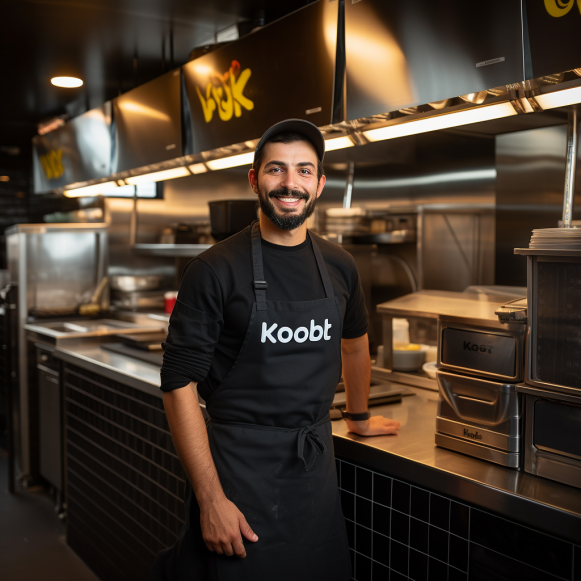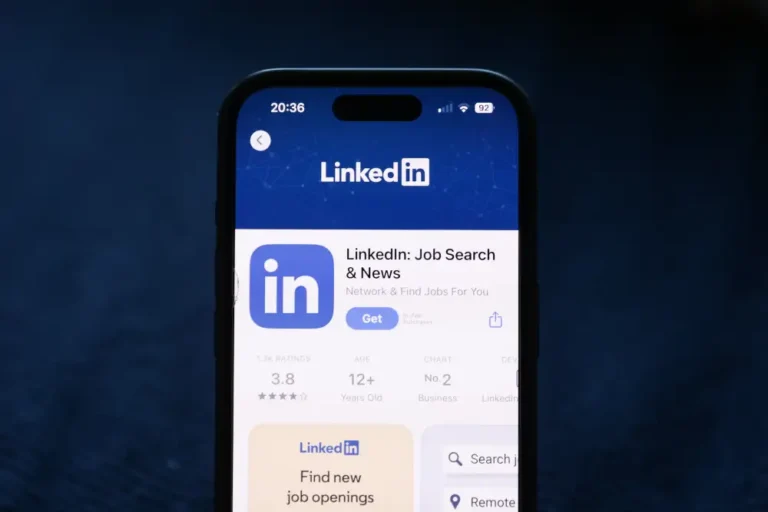Here’s what OpenAI employees are saying about the company’s future
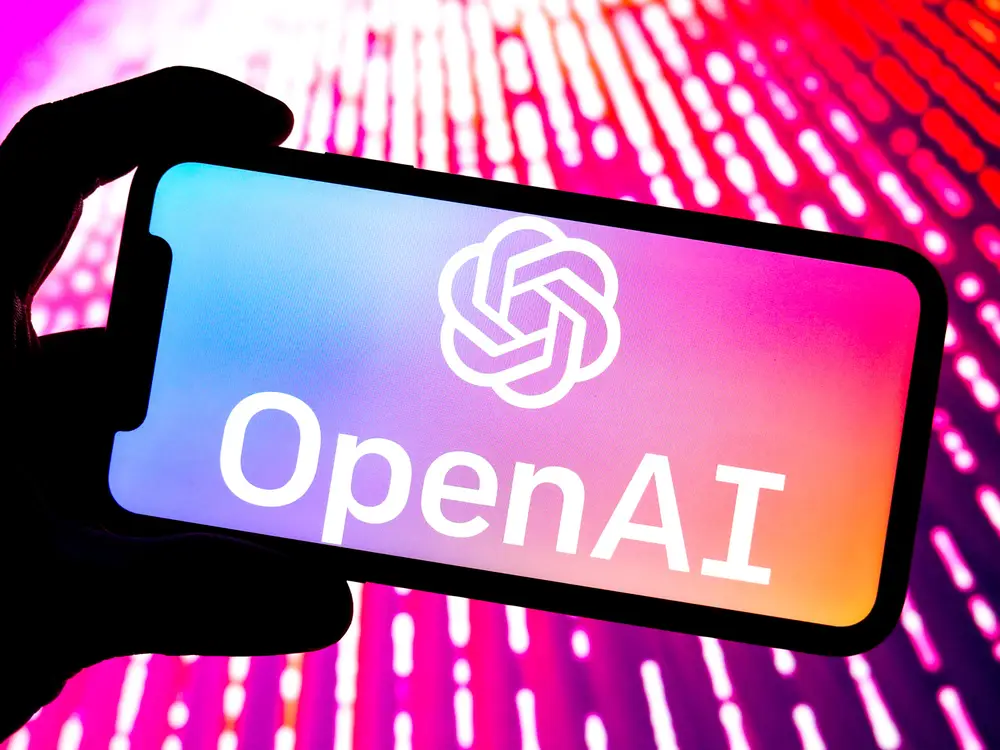
OpenAI wants to restructure into a fully for-profit company after years of being largely nonprofit.
After a whirlwind week for OpenAI, former and current employees are weighing in on the company’s path forward.
OpenAI’s chief technology officer, Mira Murati, and top researchers, Barret Zoph and Bob McGrew, announced their resignations on Wednesday last week. The following day, OpenAI CEO Sam Altman confirmed reports that the company was considering restructuring itself as a for-profit company and leaving its nonprofit origins behind.
OpenAI has so far been mostly quiet about the restructuring. It hasn’t issued a formal statement, but Altman said the company has been thinking about it as part of “what it takes to get to our next stage” at a talk during Italian Tech Week last Thursday. The move to a for-profit benefit company coincides with an effort by OpenAI to raise billions in new investment.
Outsiders wonder what these developments mean about OpenAI’s inner workings, especially since several other high-profile executives and researchers have also recently left the company.
According to some of OpenAI’s departing employees, there is internal concern that the shift to a for-profit company confirms what they already suspected: Altman is prioritizing profit over safety.
OpenAI’s mission from the start has been to develop artificial general intelligence — a still theoretical version of AI that can reason like humans — in a way that is safe and benefits all of humanity. The company’s commitment to the latter half of that mission has been a point of contention in recent years.
When OpenAI safety leader Jan Leike announced his resignation in May, he said on X he had thought it would be “the best place in the world to do this research.” By the time he left, however, he said he had reached a “breaking point” with OpenAI’s leadership over the company’s core priorities.
Gretchen Krueger, a former policy researcher at OpenAI, said the company’s nonprofit governance structure and cap on profits were part of the reason she joined in 2019 — the year that OpenAI added a for-profit arm. “This feels like a step in the wrong direction, when what we need is multiple steps in the right direction,” she said Sunday on X.
She said OpenAI’s bid to transition into a public benefit corporation — a for-profit company intended to generate social good — isn’t enough. As one of the biggest developers of artificial general intelligence, OpenAI needs “stronger mission locks,” she wrote.
Current employees, however, are mostly towing the company line, at least publicly.
Noam Brown, a researcher at OpenAI, disagrees that the company has lost its focus on research. “Those of us at @OpenAI working on o1 find it strange to hear outsiders claim that OpenAI has deprioritized research. I promise you all, it’s the opposite,” he wrote on X on Friday.
Earlier this month, OpenAI released o1, a new set of AI models that it says are “designed to spend more time thinking before they respond.”
Brown, like other current employees, didn’t weigh in on the near-simultaneous departures of Murati, Zoph, and McGrew other than to note he would miss them.
Mark Chen, the senior vice president of research at OpenAI, also reaffirmed his commitment to the company. “I truly believe that OpenAI is the best place to work on AI, and I’ve been through enough ups and downs to know it’s never wise to bet against us,” he wrote on X on Wednesday.
OpenAI did not immediately respond to a request for comment from B-17.

